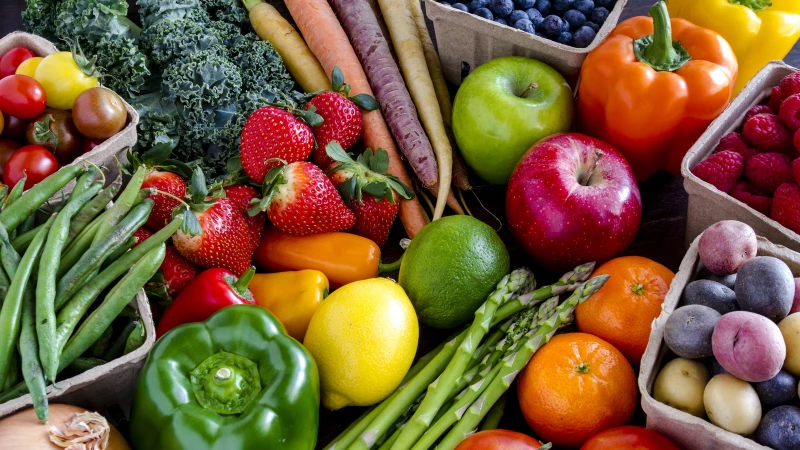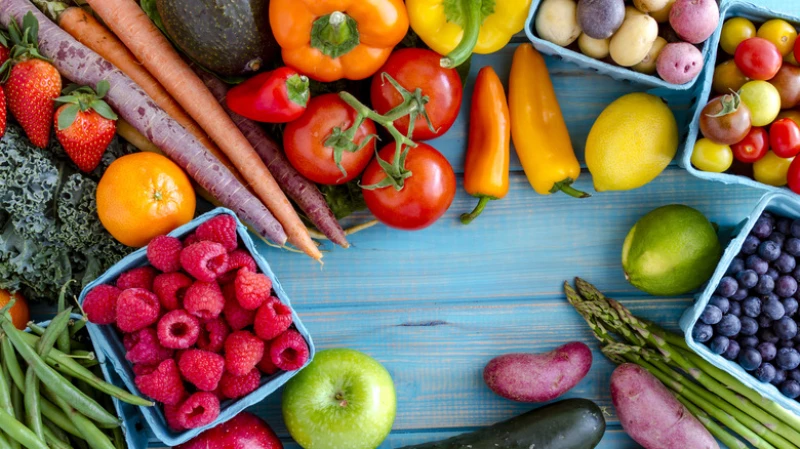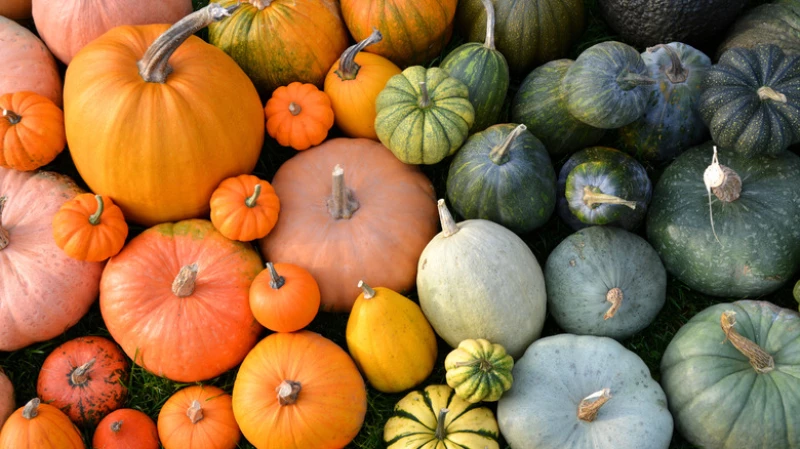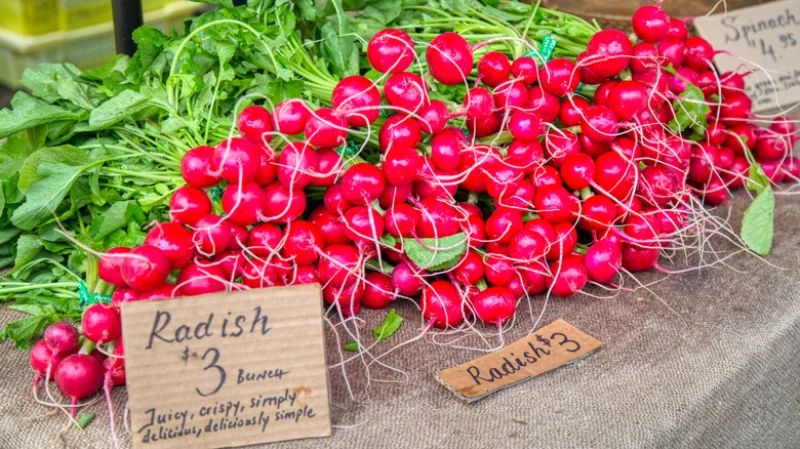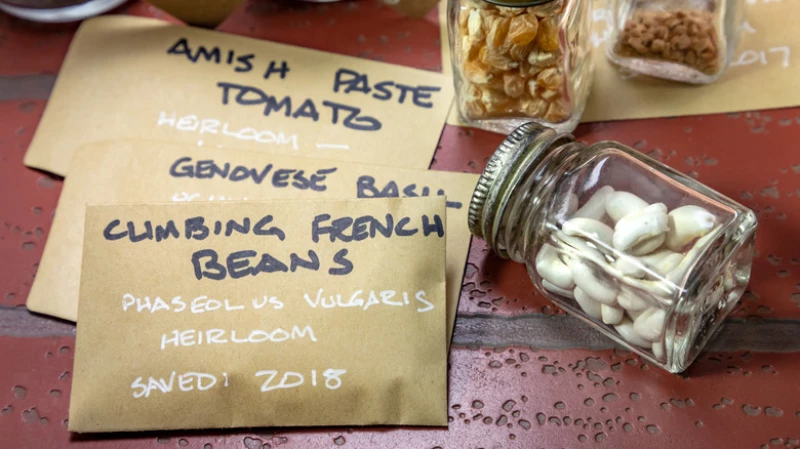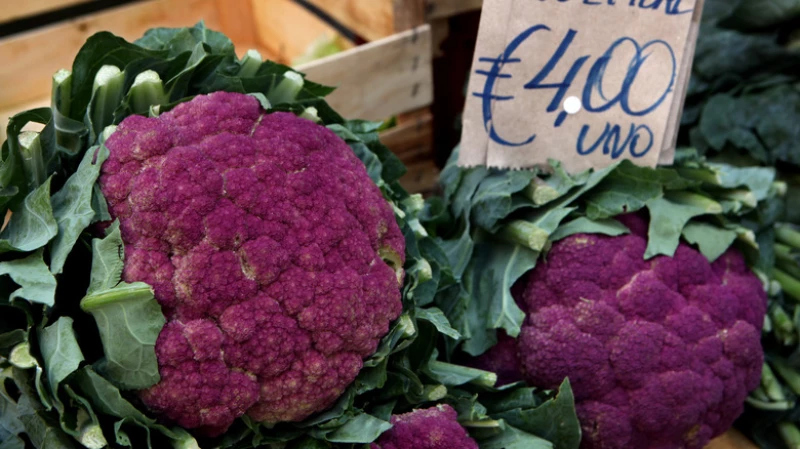Heirloom vegetables are like treasures from the past, passed down through generations with stories embedded in their seeds. These cultivars have stood the test of time, some tracing back centuries to a time before hybrid seeds dominated the agricultural landscape. While the official definition of heirlooms dates them back to pre-1951, many have roots that delve even deeper into history. Their resilience and adaptability make them vital players in a world grappling with the effects of climate change and other environmental challenges.
What sets heirloom vegetables apart are their unique characteristics - flavors that tell tales of bygone eras, shapes that defy modern standards, and qualities that set them apart from their hybrid counterparts. With a rising interest among growers and consumers, these heirlooms are reclaiming their spotlight in the agricultural scene. Unlike hybrids, heirloom vegetable cultivars are open-pollinated, ensuring that the seeds give birth to plants that stay true to their original form. However, the risk of cross-pollination looms, urging caution in planting different cultivars too close together.
Delving into the world of heirloom vegetables not only promises a bountiful harvest but also contributes to the larger ecosystem. These older varieties have formed intricate relationships with specific insects and pollinators over time, creating a harmonious balance in nature. By cultivating heirloom plants, one can witness the transformation of a landscape as biodiversity flourishes, painting a picture of sustainability and coexistence.
Everyone knows carrots are orange, radishes are red, and peas are green, right? Heirloom vegetables defy expectations with their striking appearances, including variations in color, shape, size, and flavor, which make them stand out from more common commercial varieties. These beautiful vegetables turn your garden into a visual wonderland and can be real showstoppers at the dinner table. From the blue-purple heads of 'Solstice' broccoli to giant golden 'Yellow Monster' sweet peppers, heirloom vegetables offer an exciting array of beautiful treats from garden to table.
Heirloom vegetables are delicious
One of the main reasons heirloom vegetables are becoming more popular is that they're delicious. Hybrid plants are sometimes bred for uniformity of size or color, disease resistance, or to be more tolerant of heat or cold. But heirlooms have been planted and shared for many years because they're known to be consistently tasty. Descriptions of heirloom vegetables in seed catalogs often contain superlatives describing wonderful flavors and textures. Their names become legendary because of oral history shared throughout farming and food communities.
Heirloom vegetables are non-GMO
Heirloom vegetables are guaranteed to be non-GMO, or not genetically modified. Genetically modified plants are sometimes bred with species they would not normally breed with to encourage certain qualities, such as disease resistance. However, heirloom vegetables are often naturally resistant to diseases and problems. Their strains have stood the test of time, partly because they're hardy growers. Also, because of their long growing history, many gardeners and farmers have shared advice on tackling common pests and other issues when growing certain heirloom vegetables, such as natural methods for deterring pesky cabbage worms.
Heirloom vegetables are colorful
Heirloom vegetables have become a favorite at farmers' markets due to their vibrant and eye-catching appearance when displayed. The variety of colors in seasonal produce like potatoes, carrots, peppers, tomatoes, and lettuce create a visually appealing array of food choices. These colorful vegetables not only enhance the aesthetics of the dinner table but also add a pop of color to dishes like garden salads or potluck contributions.
Heirloom vegetables contribute to local economies
One famous heirloom tomato, the 'Mortgage Lifter,' earned its name from a farmer who used the profits from selling these tomatoes to pay off his mortgage. The distinct and exceptional qualities of heirloom vegetables create excitement among growers, consumers, and local restaurant chefs. Initially sought after for their novelty, these vegetables eventually make their way onto seasonal menus, supporting a thriving local economy of farms and growers.
Heirloom vegetables promote seed sharing
Gardeners who enjoy cultivating vegetables often engage in seed sharing, especially with heirloom varieties. Sharing saved seeds or seedlings of heirloom tomatoes and peppers at farmers' markets fosters the preservation of these delicious heirlooms. This practice also boosts the genetic diversity of garden plants, countering the dominance of commercially produced hybrids in recent years.
Heirloom vegetables thrive in home gardens
One reason heirloom vegetables have endured for generations is that they are strong strains that are hardy and often naturally resistant to extreme weather, pests, and diseases. Also, heirloom vegetables are often self-pollinating, meaning cross-breeding and developing different characteristics are less likely. These vigorous seeds are robust growers, and their reliability makes them very suitable for beginning gardeners. They're eagerly sought after by many growers, which means they're now becoming much more widely available as well.
Heirloom vegetables have stood the test of time
Heirloom vegetables not only have colorful appearances, but they also have colorful histories. Sometimes the names of the varieties speak to this history (like 'Mortgage Lifter' or 'Cherokee Purple' tomatoes, or 'Turkey Craw' pole beans), and sometimes their origins are related to their geographic journeys from one place to another. These stories remind us that human history and agriculture are closely linked and also encourage us to think about where our food comes from and the importance of related issues for gardeners, like sustainability, biodiversity, crop rotation, and soil conservation.
Heirloom vegetables enrich the gardening experience
Growing heirloom vegetables from seed can enrich our knowledge and experiences as gardeners. We can learn aspects of history connected to horticulture, agriculture, food, gardening, and commerce. We can experiment with different heirloom varieties to expand and enrich our seasonal garden plans and designs, and try new or different seeds in subsequent years. By growing and sharing heirloom vegetables, we also help to encourage small-scale farming, eating locally grown produce, and engaging with nature in ways that affirm our connection to the land and our stewardship of it.

